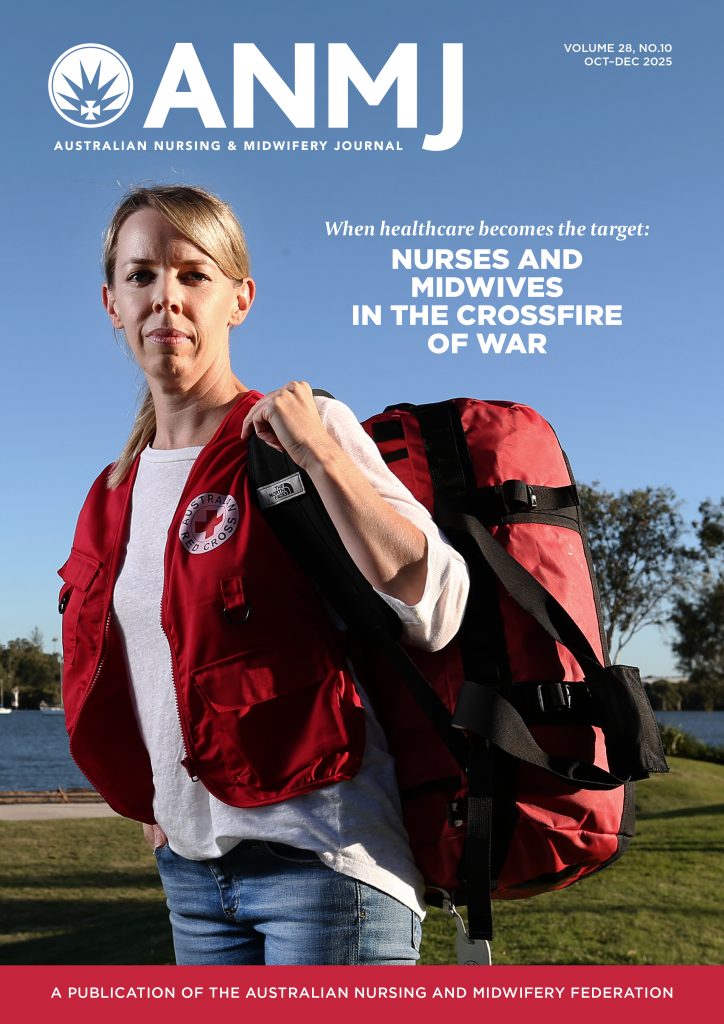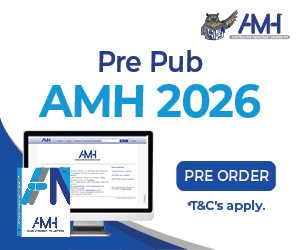The first national study of Electronic Medical Record (EMR) usability in Australia has found the experiences of nursing and medical professionals varies widely depending on where they work.
Led by Griffith University, the study canvassed the views of nursing, medical and allied health professionals working across the acute, primary and community care sectors.
Results found medical professionals working in primary care had more positive experiences with the technical and quality features within EMRs than nurses did. They also reported finding it easier to obtain patient information and prevent errors.
In the hospital sector, however, nurses’ experience with EMRs was more positive in terms of support for routine task completion, learnability, ease of obtaining patient information and entering patient data.
Interestingly, medical professionals working in the hospital sector who took part in the survey were less satisfied with usability features than their primary care counterparts in regards to completing similar tasks, and preventing errors and medication mistakes.
Electronic Medical Record Systems (EMRs) are an emerging part of nursing and medical professionals’ daily work in Australia’s acute and primary sectors. Researchers say problems experienced with EMRs contribute to fatigue, burnout and increased errors.
“Usability features of information exchange and collaboration for clinicians across services and with patients is critical to reduce complications such as missed care, medication errors, compliance and re-presentation, says Dr Sheree Lloyd, from Griffith University’s School of Applied Psychology.
“As well as the likelihood of increased errors, problems with EMRs can lead to fatigue and burnout.”
Dr Lloyd argues there is a need now more than ever, in the middle of a global pandemic, to have digitised systems that are effective and easy to use for both nurses and medical professionals across sectors. Yet, the study found most EMRs have simply been designed as data collection tools, rather than collaboration tools.
Most EMR systems used in Australian hospitals currently were developed in the US and may not be aligned to the unique workflows and practices of the Australian healthcare system, Dr Lloyd adds.
Researchers also found that impeded usability across survey respondents was higher among older, more experienced clinicians, who prior to EMR implementation, were likely expert users of paper-based record systems.
“While this varies from state to state, comprehensive EMR systems in hospitals have tended to be implemented later than those in the primary and community care sector, explains Dr Chris Bain, a Professor of Practice in Digital Health at Monash University.
“EMRs have traditionally targeted the role of doctors and have been designed from a biomedical perspective but now there’s much more emphasis on a collaborative approach to health and wellbeing with a variety of clinicians providing medical care to patients,” he says.
The study, conducted by research partners including Monash University, Royal Melbourne Hospital, the University of Wollongong and the Australasian Institute of Digital Health, was based on a large-scale Finnish study.
Researchers will now look to repeat the study in 2022 to measure changes in usability and to gain a more complete picture of clinical concerns.









3 Responses
Yes – this rings true. Information added into EMR’s should center around the patient – and that is where it should start and finish. To date it is all about ticking the boxes in a generic format. Why on earth has information never started with the patient diagnosis as the starting point?
EMR got advantages and disadvantages.
It is not user friendly, need modifications.
EMR has lots of benefits than paper based system. Being a health professional, I find it extremely helpful in planning my work and safely providing care to my clients . It has tremendously helped in preventing medication errors and wrong blood sampling.
More over many people can access each patient’s file at the same time from different locations . I would say it is patient centric and has effectively and efficiently improved the delivery of care to our clients .